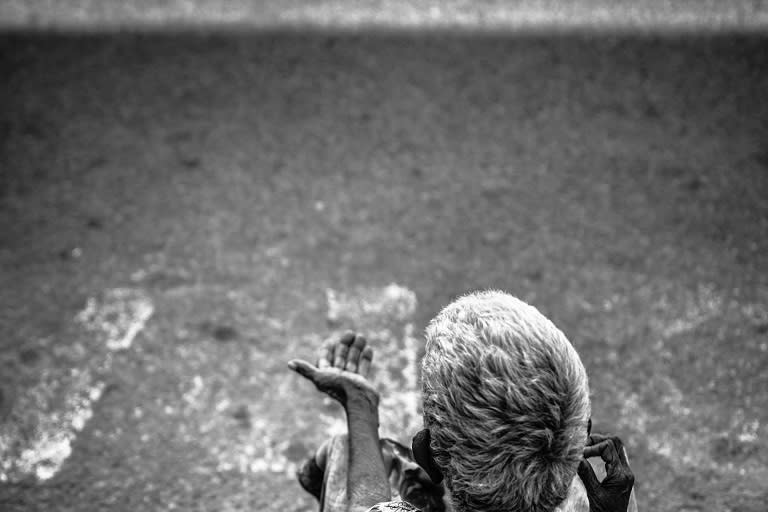Solving Malaysia’s urbanisation, poverty conundrum

Malaysia has seen and is experiencing urban poverty – the concentration of poverty in metropolitan regions, when people have difficulty accessing necessary services and meeting their fundamental requirements in tandem with the global urbanisation trend.
From 3.8 per cent (223,300 families) in 2019, to 4.5 per cent (227,100 families) in 2022, the percentage of metropolitan areas experiencing absolute poverty, rose. Meanwhile, the absolute poverty rate in rural regions dropped slightly, from 12.4 per cent (180,100 families), to 12 per cent (210,500 families), during the same period.
Although the prevalence of poverty in urban regions is lower than in rural areas, the higher proportion of impoverished families in urban areas can be attributed to their larger population. For context, in 2022, around 75.5 per cent of people lived in urban areas.
Furthermore, the growing tendency towards urban impoverishment is problematic, as it is brought on by the economic promise of greater urbanisation and skyrocketing housing costs. Urban dwellers seem to be falling into poverty at an increasing rate, due to rising property values and stagnating earnings.
According to Minister in the Prime Minister’s Department (Federal Territories) Dr Zaliha Mustafa, the high cost of living has had a substantial negative impact on many city inhabitants, particularly the hard-core poor, despite the perception that the Federal Territories are a land of opportunity.
As Dr Zaliha mentioned, her intentions for strategic urban development include focusing on Kampung Baru in particular, combating urban poverty, and revitalising the infrastructure in the Federal Territories of Kuala Lumpur, Putrajaya, and Labuan.
While Dr Zaliha’s focus will be mostly on ending poverty, her methodology goes beyond simple support; it entails executing an exit strategy that prioritises more on sustainable career, and entrepreneurial options.
In addition, Prime Minister Datuk Seri Anwar Ibrahim said the government is planning to launch an urban farming initiative to combat urban poverty. Anwar said agriculture was a viable solution to urban poverty. This change is necessary because urban and suburban regions require more focused agriculture operations.
Addressing prejudice and social exclusion will decrease urban poverty and advance social fairness. To do this, every party should encourage diversity and inclusivity by incorporating vulnerable populations into procedures involved in determining decisions and initiating community engagement programmes.
Besides, it is possible to help people acquire the skills they need for better work opportunities by funding excellent educational and career training courses.
Building cities that prosper and leave no one behind is therefore possible if we all are dedicated to social justice. So, the only question remains: Can we reshape Malaysia’s urban landscape to ensure that every citizen’s journey is defined not by barriers, but by boundless opportunity?
Datin Seri Professor Dr Suhaiza Hanim Mohamad Zailani is the director of the Ungku Aziz Centre for Development Studies, Universiti Malaya.
The post Solving Malaysia’s urbanisation, poverty conundrum appeared first on Twentytwo13.


